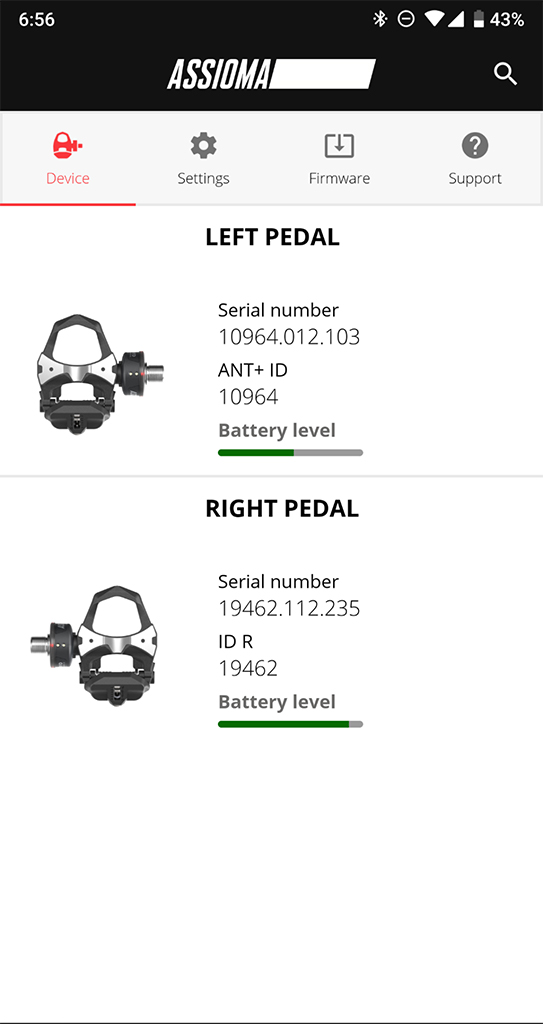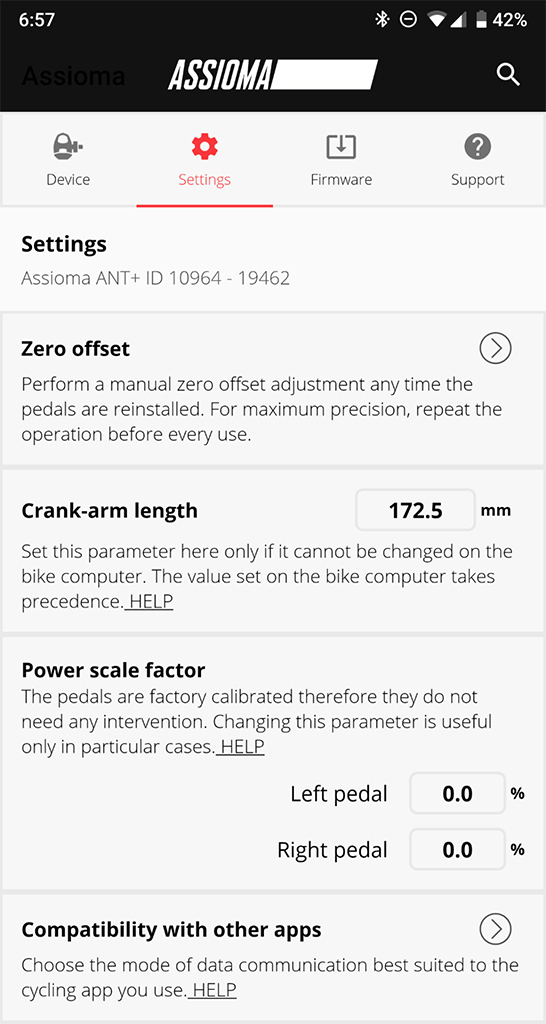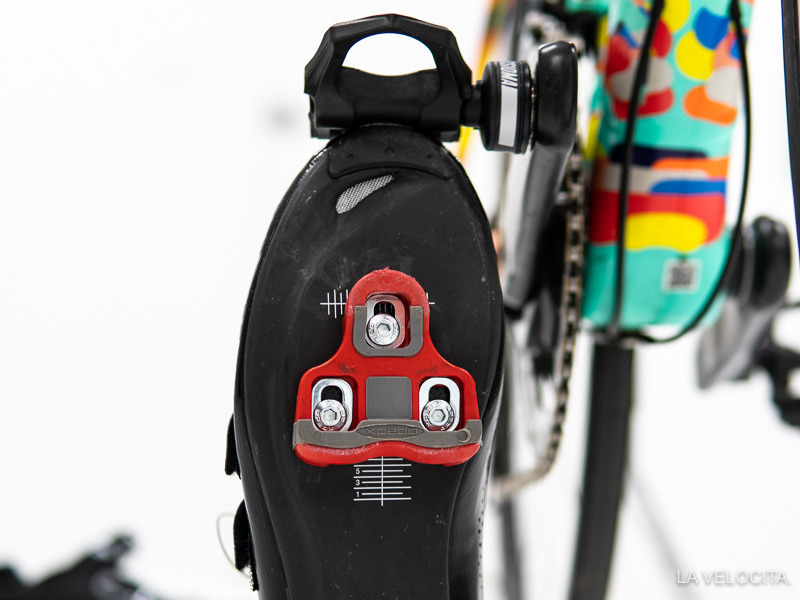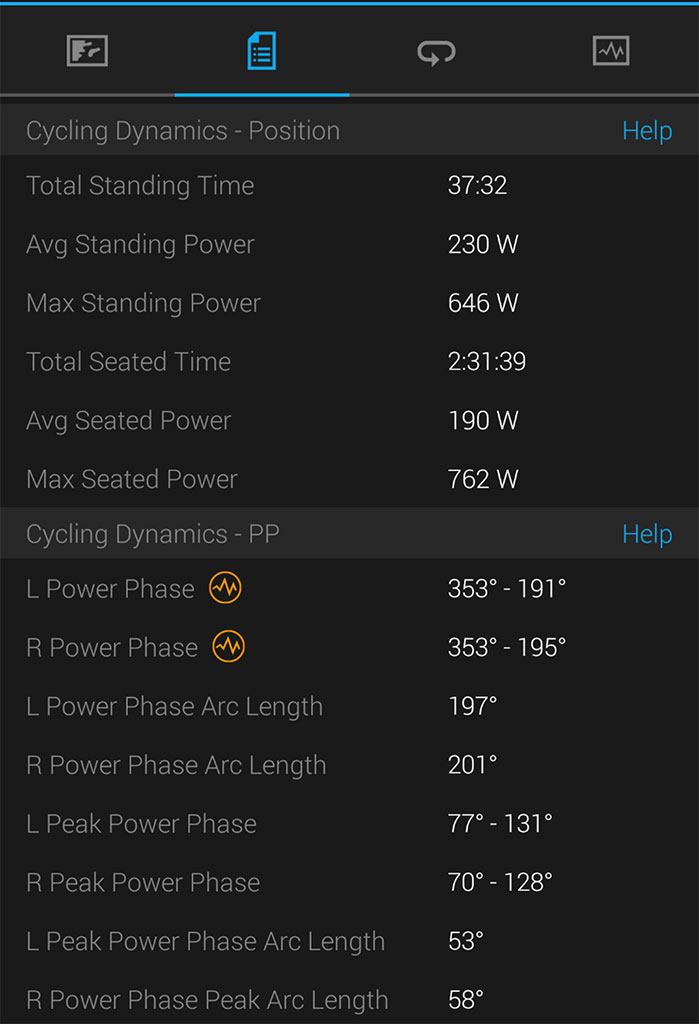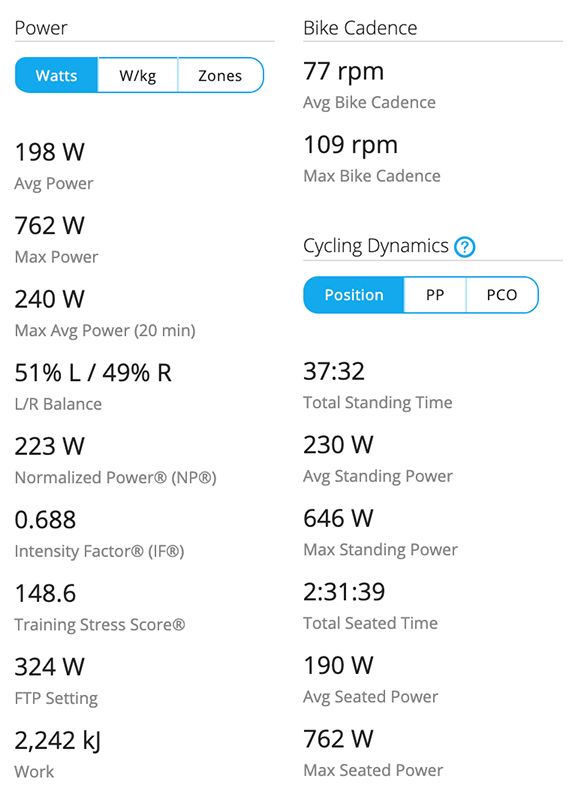Favero Assioma Duo power meter review
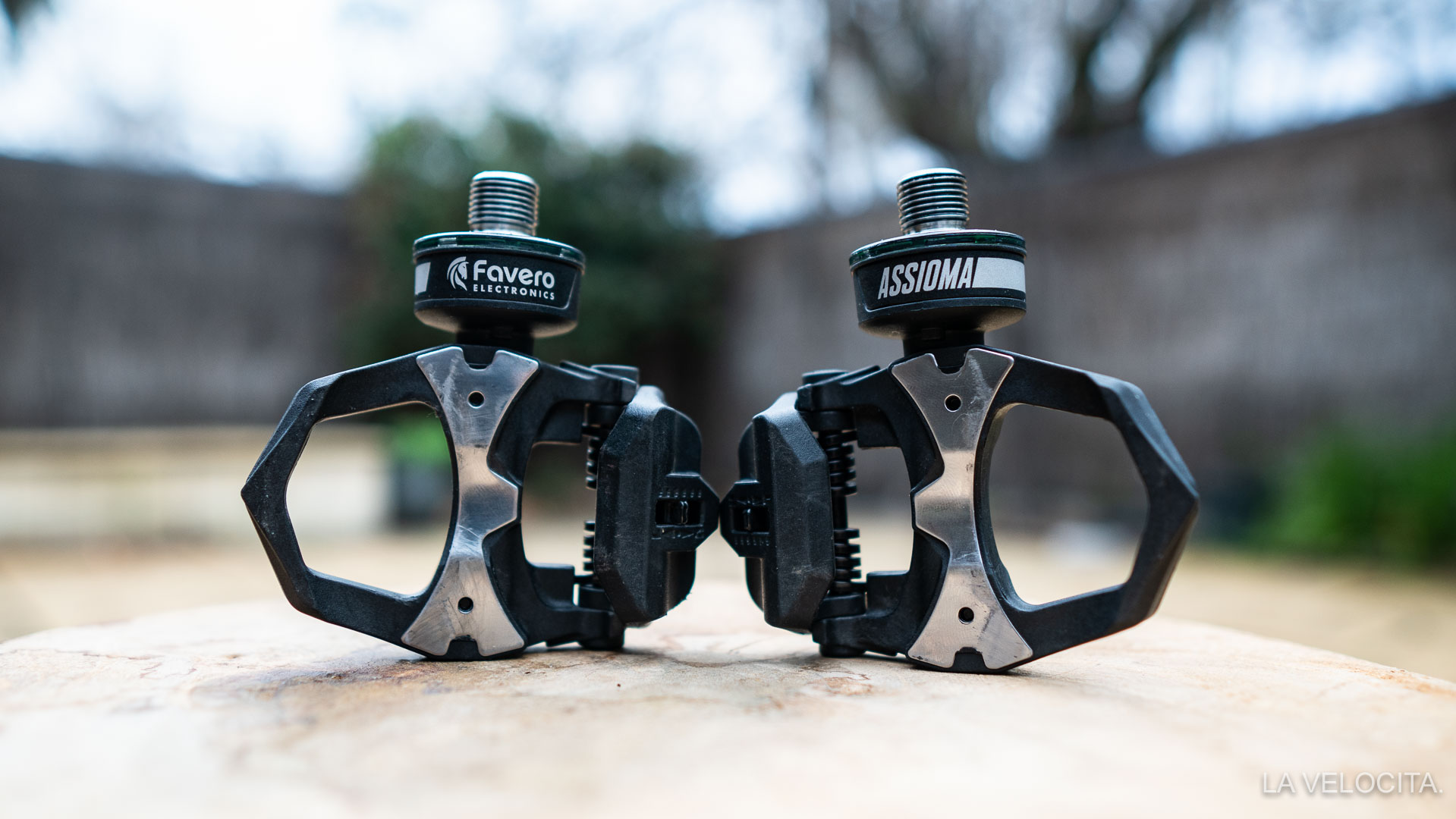
Accurate, convenient, and well-priced. The Favero Assioma DUOs are an impressive piece of kit
Words and Images: James Raison
I’ve always loved the idea of pedal-based power meters because they’re arguably the most accessible type; compatible with ostensibly all cranks with 9/16” thread, easily moved between bikes, non-disruptive to your drivetrain, and future-proof. It’s taken some years for the market to mature and overcome some of the foibles in early units but 2019 finds us with some very solid options.
Enter the Italians at Favero Electronics whose 2nd gen power pedals the Assioma Duo arrived a couple of months ago for a thorough testing. Could these be the ideal power meter for people with multiple bikes? Absolutely.
IN THE BOX
Assioma DUO pedals
Xpedo 6 degree float cleats
Pedal washers
8mm hex key
2 charge cables
Wall charger with adapters
Manuals
CRITICAL STATS
Price: Assioma DUO $626 USD, Assioma UNO $401 USD
Weight: 300g for the set
Claimed accuracy +/- 1%
Bluetooth and Ant+ protocols
50 hour claimed battery life
Q-factor: 54 mm
Stack height: 10.5 mm
2 year warranty
SETUP AND INSTALL
One of the Assioma DUO’s greatest strengths is the easy install. You use an 8mm hex key and torque them up like any other pedal. Done. All you need to do after moving them between bikes is a zero offset. I love it. The Assiomas have been on three different bikes so far because it’s so damn easy.
The Assioma DUOs are fairly unobtrusive with their small bulge
Next is your digital setup. Download the accompanying Assioma app and pair them to your phone via Bluetooth. You activate the pedals with a spin of the cranks and the axles will flash when awake. Through the app you zero offset, update firmware, check battery levels, change crank arm lengths, and a handful of other tasks. Setup was a dawdle and the app reliably connected to the pedals every time.
DESIGN
The Assiomas are a two-part construction; the electronics-loaded axle assembly, and the pedal platform.
The 8 strain gauges, gyroscope, and other electronics for the Assioma DUOs are contained inside the protrusion around the pedal axle. It’s all installed inside before the assembly is filled with resin which makes them water tight and highly impact resistant. It also makes the electronics inaccessible; removing the ability to fix or tinker with the internals. Beyond the bulbous electronics pod the pedals are pretty simple.
It’s a simple and adjustable design
The sealed cartridge bearings easily accessible by unscrewing an end cap and nut. There’s two bearings on the bike side of the platform, and one on the outside. I didn’t need to do anything with the bearings because the pedals spun impressively smoothly straight out of the box. The pedal platform is a hard plastic with a metal plate atop them. I suspect Favero kept it simple to keep the price point down, and replaceability easy.
On that note, Favero sell full replacement pedal bodies, including all of the bearings and parts, for 59.90 Euros. There’s no electronics in the body so you can swap out pedal platforms easily. People who asked me about the pedals often expressed concerns about crash damage. It appears Favero has smartly made the electronics isolated and protected, while keeping the pedal platforms easily swappable.
Charging is a breeze
THE RIDE
The Assioma DUOs affect your ride more than most power meters because they’re pedals so I’ll explain the ride experience and how they performed as power meters. As pedals they’re fine.
The Assiomas will feel familiar to anyone who’s ridden mid-range LOOK pedals. They use the same cleat design and engagement feels similar. Drop the cleat in and you’ll get a chunky click and firm hold. You can adjust the tension with a hex key at the back of the platform. There’s a measurement gauge so you can dial in the consistent tightness you need. I always felt solidly connected to the pedals
The Assiomas ship with Xpedo branded LOOK style cleats
I found clipping in a little tricky because of the low profile cleat. I’ve spent most of my cycling kms with Shimano cleats with a generous frontal hook that grabs the pedal easily. TIME and Speedplay (the top of the pile when it comes to clipping in) are ahead of the LOOK system too. I did get used to it once the muscle memory had kicked in but I missed the engagement point frequently early in the test period.
My biggest grip is with the cleats. They’re small size gives them less adjustment options than cleats from Shimano or TIME. I couldn’t get them into my ideal position with a pair of Giro shoes that have their bolt holes quite far forward on the sole. A smooth surface on the cleats makes them slippery too. All low-friction surfaces become quite exciting to walk across.
ALL THAT POWER
I had consistently excellent function from the pedals while testing. Both pedals stayed connected to head units I used (Garmin Edge 830, Edge 520, and Lezyne Mega C) with no dropouts or communications errors. They beamed all the power and cadence data you’d expect, with the added layer of left/right metrics.
Prospective buyers then need to know how reliable the data is, and what features make the Assiomas compelling to buy over other units.
POWER COMPARISON
So let’s jump into the power data. Pedal power meters are extremely easy to test against other units so the first few rides were spend comparing power outputs.
My main unit is an FSA Power Box carbon which is a re-badged Power2Max NG ECO. The NG ECO is the cheaper version of the Power2Max NG Road you’ll spy spinning around on Astana and EF Education First’s bikes. It’s a great unit to test the Assioma DUOs against because it’s highly regarded as an accurate meter.
The pedals compared very well to the Powerbox with similar numbers across the handful of rides where I recorded with two GPS head units. Some steady climbing efforts up the nearby Norton Summit climb gave near-identical numbers on one ascent, and two watts different on the other (example 1 below). Higher power tests and different terrain segments gave similar numbers across the units as well, with the Assioma DUO’s tending to read a little higher. Across entire rides there was a slightly higher average and normalised power for the Assioma DUOs but it was close enough to be within expected tolerances. In the examples below the Assioma DUOs are the top, and Powerbox Carbons are bottom.
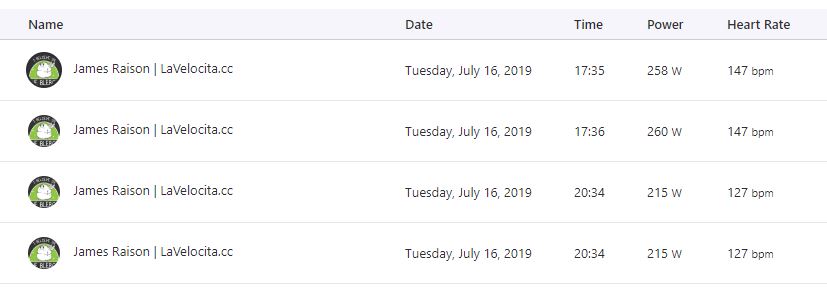
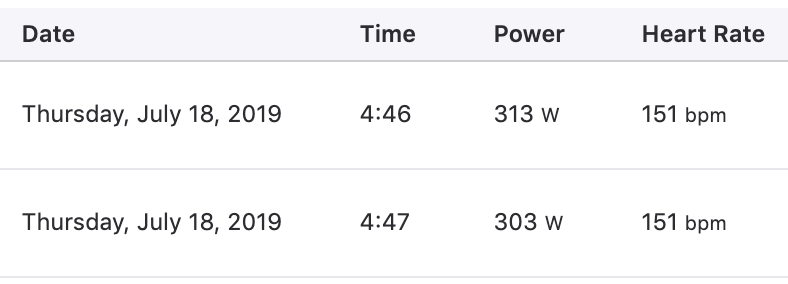
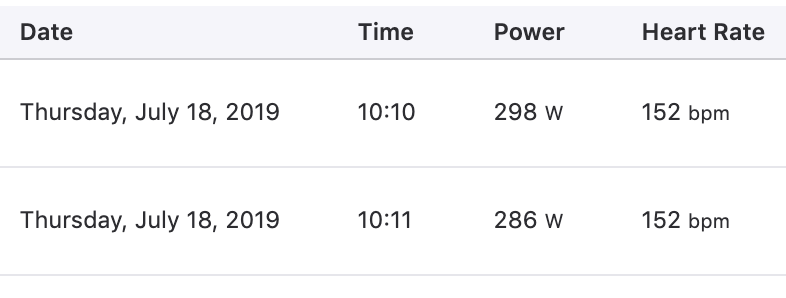

It didn’t take me long to feel satisfied by the Assioma DUOs power numbers so I stopped comparing after a few rides. I’ll refer the really in-depth analysis to DC Rainmaker and Shane Miller. They’re the best at drilling down to the incredible specifics.
CYCLING DYNAMICS
One of the Assioma DUO’s big selling points is the extra layer of geeking it opens up.
Beyond all the standard power metrics, the Assioma DUOs give riders full access to the extremely nerdy world of Cycling Dynamics which I was able to test with a brand new Garmin Edge 830. For those unfamiliar; cycling dynamics lets you analyse specific pedalling data. It’s all enabled by the gyroscope that’s within each pedal that measures the “Instantaneous Angular Velocity” (IAV) while pedaling. In short; the pedals always know where they are in the pedalling rotation, and can thus break every stroke’s power down in specific detail.
A July firmware update concurrent with me receiving the Assioma DUOs introduced some cool new features:
IAV Power Phase that measures which parts of the pedal stroke produce positive torque
IAV Rider Position that analyses how long you spend seated and standing.
On the bike I can monitor the Power Phase and Rider Position stats through the Edge 830 in real time. There’s some cool graphical displays giving you instant feedback on your pedalling. Post-ride analysis can be done with Garmin Connect. I can see my power phase, peak power phase, and power phase arc lengths. The example data below is just the overview. Each metric can be isolated down to analyse specific efforts.
Realistically this data is for the small percentage of cyclists targeting specific micro-improvements to their pedalling technique. I can, for example, see that my left leg has a power phase arc of only 53° compared to 58° on the right. That info can instruct strength and technique training to better balance those figures. Or it could show how my standing power compares to my seated power. You can specifically analyse sprints or efforts too and see exactly how your legs are working. Those are just a couple of examples, there’s plenty more data to drown in.
PEDAL MARKET
Pedal power meters are still a small part of the market so let’s break down how the Favero Assioma DUOs stack up to the dual-sided competition with USD pricing:
Assioma DUO $626
Power Tap P2 $680
Garmin’s Vector 3s $999
SRM Exakt $1,699.
Favero hasn’t just made a good product, but it’s the cheapest among the competition. Plus they’re far more aesthetically pleasing than their direct price competitor Power Tap P2.
WHAT I DON’T LIKE
At this stage you might rightly be asking; what don’t I like about the Assioma DUOs? I’ll go back to the cleat system. I’m a Shimano guy, not because Shimano are the best pedals I’ve used, but because they’re the best pedals to live with. Part of that is the long-wearing, walk-friendly, and widely fittable cleats. Cleats are a very personal choice and these don’t suit me.
Next is the Assioma’s charge cable. It’s another proprietary single-use cable to add to my birds nest of charge cables that already includes 5 different cables for bike things. This is a churlish gripe, but I plan to whine about it in some other upcoming reviews (looking at you Exposure lights and your cables) so I’ll at least be consistent.
Other than that I haven’t got much at all. They’re solid units that have been a pleasure to test.
WRAPPING UP
There’s so much here that I like with the Assioma DUOs; they’re dual-sided, easily installed, easily moved, universally compatible, give reliable data, are rechargeable, and have a quality companion phone app. All things considered their $626 USD price is very competitive for dual sided power meters in general but especially good among dual-sided pedal power meters.
If they made Shimano compatible units I’d already own a set. No question. To me, that’s the only real drawback. Pedals and cleats are as personal as shoes. Sometimes they don’t quite fit. There’s plenty of riders who’ll get along swimmingly with the Assioma DUOs.
Purchase: You can purchase Assioma power meters from the Favero Assioma website.
Disclosure statement: This set was sent for review by Favero Electronics. It wasn’t paid and we don’t get any proceeds from Favero product sales.


